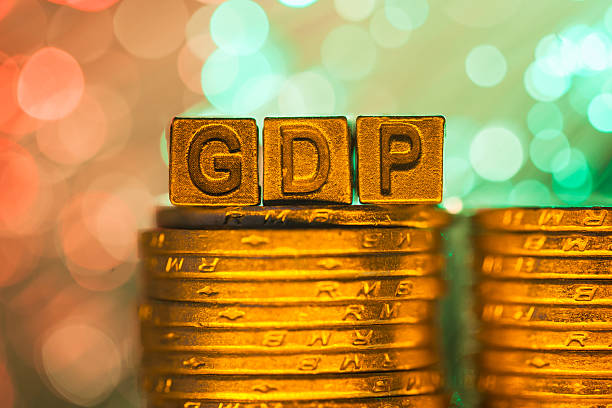
India’s economy may be headed for its strongest growth print of the year, but economists caution that the shine could fade quickly.
According to a CNBC-TV18 poll, India’s GDP for the April–June quarter is expected at 6.8%, a robust number considering recent warnings of urban consumption fatigue by FMCG and durable goods companies. But many analysts believe this could be the best reading for several quarters, with growth expected to moderate steadily through the year.
Growth Outlook Under Pressure
Economists project GDP growth slowing to 6.4% in Q2, 6.3% in Q3, and 6.1% in Q4. These forecasts are built on the assumption that U.S. tariffs on Indian exports drop to 25%. Should the current 50% tariff level persist, GDP could slip below 6%, significantly straining corporate earnings, jobs, and household spending power.
Nominal GDP – The Hidden Weakness
Beyond the headline growth rate, the bigger red flag lies in nominal GDP, which is expected to fall far short of the government’s 10.1% target. This gap has multiple consequences:
- Lower-than-expected corporate earnings growth
- Shortfall in tax revenues (both income tax and GST)
- Pressure on government spending capacity
Because India’s real GDP is calculated by deflating nominal GDP using a mix of WPI (60%) and CPI (40%), the ultra-low WPI average of 0.5% in Q1 creates a distortion — making real GDP growth appear stronger than what businesses and households are actually experiencing.
Fiscal and Policy Challenges
Tax collection remains a sticking point. Income tax receipts had already fallen short last year, and this year’s budget assumes an ambitious 21% growth target, despite recent rate cuts. Lower GST collections are also expected after the government’s tax reductions. If revenues shrink, both the Centre and states may be forced to cut capital expenditure, which has been a key driver of India’s growth momentum.
What Could Help?
- Tax cuts + lower rates may spur consumption volumes
- Rising demand could revive private investment
- A successful tariff rollback deal with the U.S. could cushion growth
If these align, growth could average closer to the 6.5% RBI projection, though global trade tensions remain a major downside risk.